If you're an enthusiast of high-altitude flora, Saussurea gossipiphora, commonly known as the Snow Rabbit, should definitely be on your radar. This captivating plant, which thrives in some of the harshest environments on Earth, not only adds charm to the rocky, snow-covered mountains but also plays a vital ecological role. In this article, we’ll explore everything you need to know about this mountain marvel—from its unique appearance to its significance in high-altitude ecosystems.
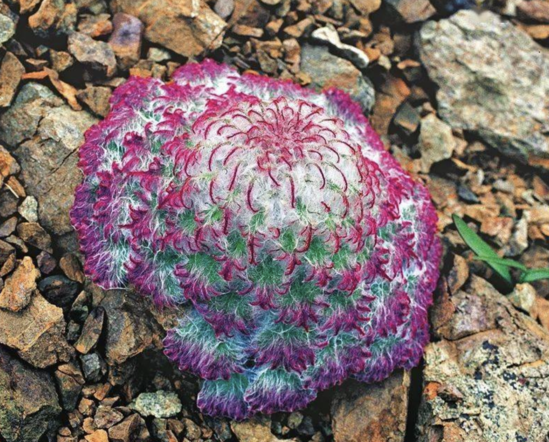
Saussurea gossipiphora, often referred to as the Snow Rabbit, is a species of perennial herb from the Asteraceae family, native to the high-altitude regions of the Himalayas and the Tibetan Plateau. This plant thrives in cold, rocky environments where few others can survive, making it a true testament to nature's resilience. It is typically found at altitudes of 4,000 to 5,000 meters (13,000 to 16,500 feet), where temperatures drop significantly, and oxygen levels are low.
The name "Snow Rabbit" comes from its fuzzy, white, wool-like flowers that resemble the soft, furry ears of a rabbit. This plant's beauty and hardiness make it a fascinating subject for botanists and nature lovers alike.
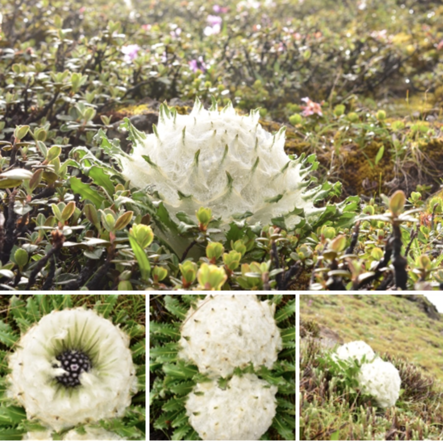
One of the most distinctive features of Saussurea gossipiphora is its soft, velvety appearance, which gives it a delicate, almost ethereal quality. The plant is low-growing, with a rosette of basal leaves that are covered in a silvery-gray fuzz, providing it with protection against the cold and wind. These leaves help the plant retain moisture in the arid, high-altitude environment.
During the flowering season, usually in late summer to early autumn, the Snow Rabbit blooms with clusters of white to pale purple flowers. These blooms are star-shaped and surrounded by bracts that give them a fluffy, almost cloud-like appearance. The flowers are not only visually striking but also act as a beacon for pollinators like bees and butterflies, despite the harsh conditions.
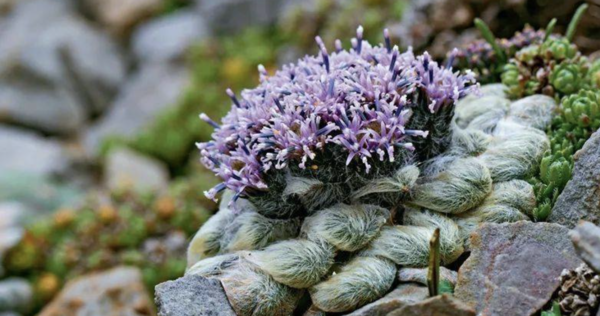
Saussurea gossipiphora is native to some of the most extreme environments on Earth. It thrives in alpine meadows, rocky slopes, and even along high-altitude cliff faces. The plant prefers areas that are well-drained but can tolerate poor soil conditions, often growing in places where few other plants can survive.
Because of its habitat, Saussurea gossipiphora is adapted to handle extreme cold, high UV radiation, and low oxygen levels. It is well-equipped for life in these mountainous regions, with its thick, woolly leaves and roots that help the plant conserve water and maintain warmth. Despite its fragile appearance, it’s incredibly tough, capable of surviving long periods of harsh conditions with little to no moisture.
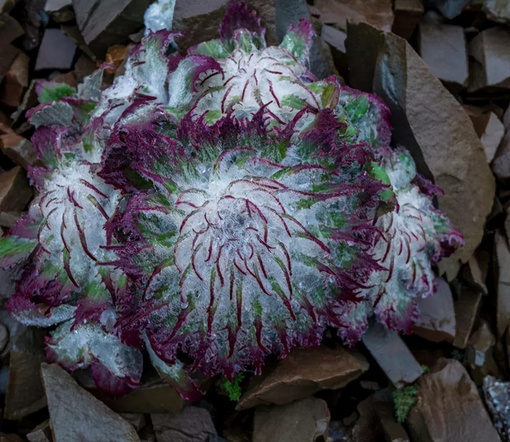
Though small and unassuming, Saussurea gossipiphora plays a crucial role in its high-altitude ecosystem. Its roots help to stabilize the soil and prevent erosion on the rocky slopes of the mountains. This is especially important in fragile mountain environments where erosion can quickly lead to the loss of valuable topsoil.
Additionally, Saussurea gossipiphora serves as an important food source for local wildlife. Its flowers attract a range of pollinators, including various species of bees, butterflies, and even some high-altitude birds. These creatures rely on the plant's nectar during the short summer growing season. The plant's presence, therefore, helps maintain the delicate balance of the alpine food web.
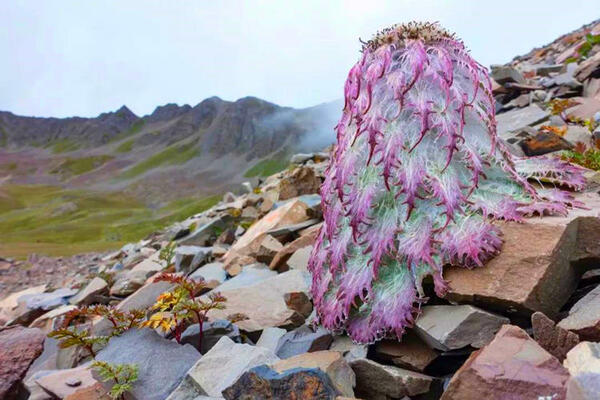
While Saussurea gossipiphora is currently not listed as critically endangered, its high-altitude habitat makes it susceptible to environmental changes. Climate change poses a significant threat to this plant's survival, as rising temperatures could lead to the loss of its ideal growing environments. As the snowline recedes and temperatures rise, the areas where Saussurea gossipiphora grows might become inhospitable, pushing this unique species to higher altitudes where it may eventually run out of space to grow.
Moreover, human activities such as mining, tourism, and infrastructure development in high-altitude regions may also disturb the plant's natural habitat, further complicating its survival prospects. For these reasons, it's essential to raise awareness about the importance of protecting this unique species and its environment.
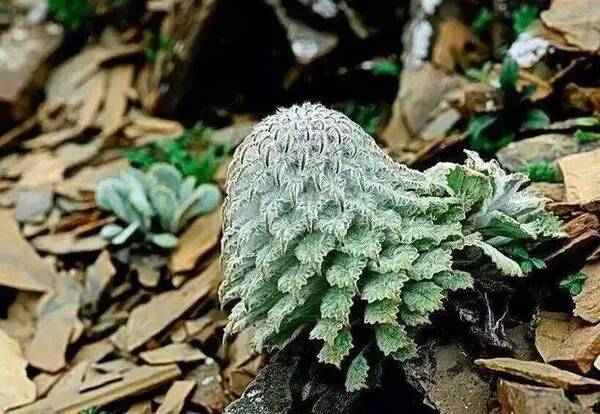
If you're hiking in the Himalayas or the Tibetan Plateau, spotting Saussurea gossipiphora in the wild can be a rewarding experience. Here are a few key features to look for:
Low-Growing, Rosette Form: The plant typically forms a small, dense rosette of basal leaves that are covered in a silvery-white fuzz.
Velvety Leaves: The leaves have a woolly texture, which helps the plant conserve moisture and protect itself from the cold.
Star-Shaped Flowers: The Snow Rabbit's flowers are star-like, often white or pale purple, and clustered together in a fluffy formation that resembles a snow-covered rabbit’s ears.
High-Altitude Location: Look for it at altitudes between 4,000 and 5,000 meters (13,000 to 16,500 feet), often in rocky, well-drained areas.
Saussurea gossipiphora is a plant that embodies the toughness and beauty of high-altitude ecosystems. With its delicate, woolly flowers and ability to survive in some of the harshest environments on Earth, it’s a true natural wonder. As global temperatures rise and high-altitude habitats face increasing pressures, it’s more important than ever to conserve this unique species and its mountainous home.
If you’re an adventurer, a plant lover, or a conservationist, learning about and supporting the preservation of Saussurea gossipiphora can help ensure that this enchanting plant continues to thrive in the high, snow-covered peaks for generations to come.
animal tags: saussurea-gossipiphora
We created this article in conjunction with AI technology, then made sure it was fact-checked and edited by a Animals Top editor.